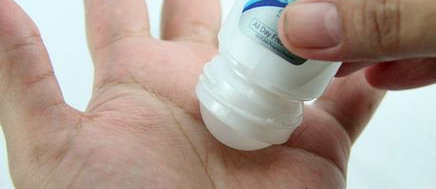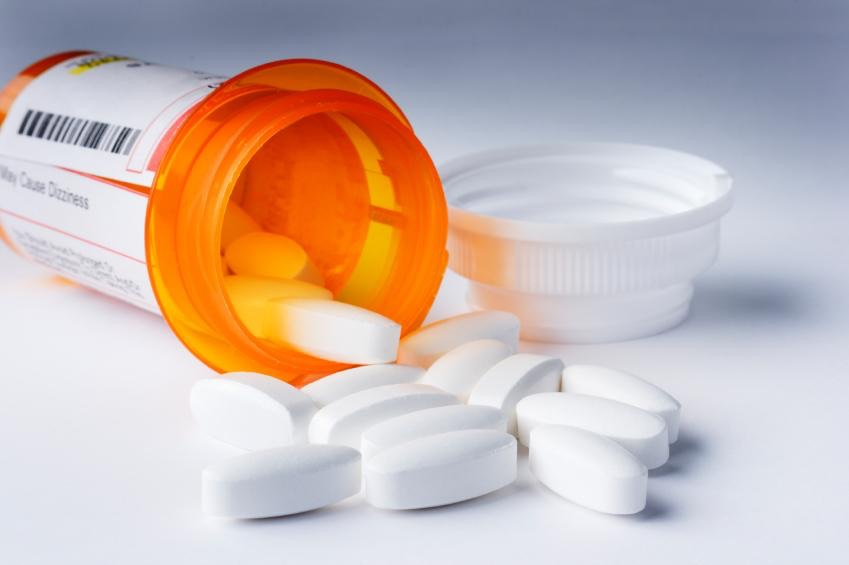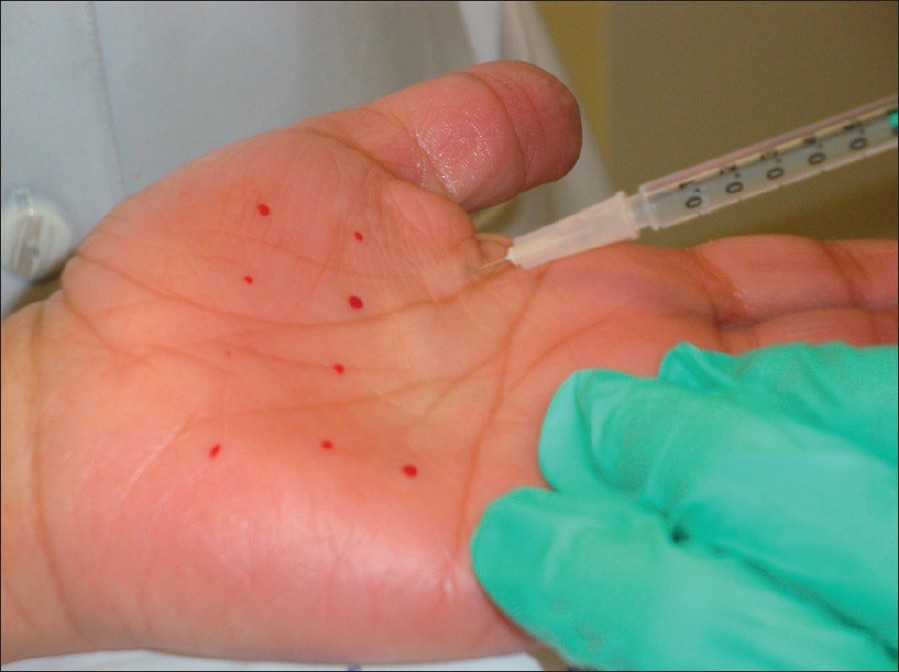Loading...
What are treatment options for sweaty palms?
Hyperhidrosis (excessive sweating) can be controlled to some degree with commercial antiperspirants. However, stronger treatment is often needed, especially for the palms of the hands, soles of the feet, armpits, or genital area. Several solutions, gels, films, ointments or medications have been tried for this condition. These often fail to give long lasting relief and surgery is a useful alternative in these patients.

1. Topical Antiperspirants:
Aluminum chloride may be effective when applied on dry palms before sleep and washed off six to eight hours later. Gloves should be worn for maximum benefit. It often causes chapping and cracking of the skin. Some patients also experience skin irritation and burning. The palms often end up feeling more oily or sticky and patients eventually stop using it. Certain anticholinergic solutions (e.g. glycopyrrolate) have been known to benefit excessive sweating from the face, but not from the palms. Topical antiperspirants are usually not effective for severe sweating and dripping of the hands as it gets washed off with the flow.

2. Oral Medicines:
Anticholinergic drugs (that block the nerve sites) or psychotropic drugs (that effect mental function) have also proven effective against excessive sweating. These have to be taken long term and most patients find them intolerable due to systemic side effects. These are not advocated for localised or focal sweating.

3. Iontophoresis:
This involves applying low-intensity electrical currents to the hands or feet when they are immersed in an electrolyte solution. It requires steady use and is needs to be done at least 3-5 times per week. This may reduce or temporarily stop the sweating, but is time consuming and often painful. Adverse effects include irritation, dryness and peeling of skin, vesicles, redness, burning and stinging sensation, most of which resolves on stopping therapy.

4. Botulinum toxin (Type A):
This is a derivative of the deadly botulinum toxin, and is injected into the affected area. The effect lasts only a few months (3-6 months on an average), requires repeated periodic injections and is expensive. This is more popular for axillary sweating, as compared to palmar and plantar hyperhidrosis.
4. Surgery:
Minimally Access Surgery has revolutionised the treatment of sweaty palms. Endoscopic Thoracic Sympathectomy (ETS) is a minimally invasive procedure that allows key-hole access to the sympathetic chain that lies deep within the thorax (chest). The sympathetic chain is selectively blocked where it sends out nerve branches to the sweat glands in the palm. Special instruments are inserted into the chest through tiny holes with negligible scarring as compared to conventional opening of the chest. It has excellent results (more than 90%) that are usually permanent. ETS is an effective treatment modality for primary palmar hyperhidrosis as compared to all other treatment options and is considered the gold standard of treatment for the same. It is routinely performed in as a 'short-stay' procedure with 24 hours hospitalisation.

5. Others:
Acupuncture, biofeedback, anti-anxiety medicines and various herbal remedies have been tried with limited or no success.


